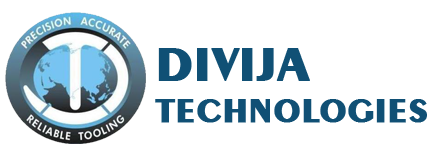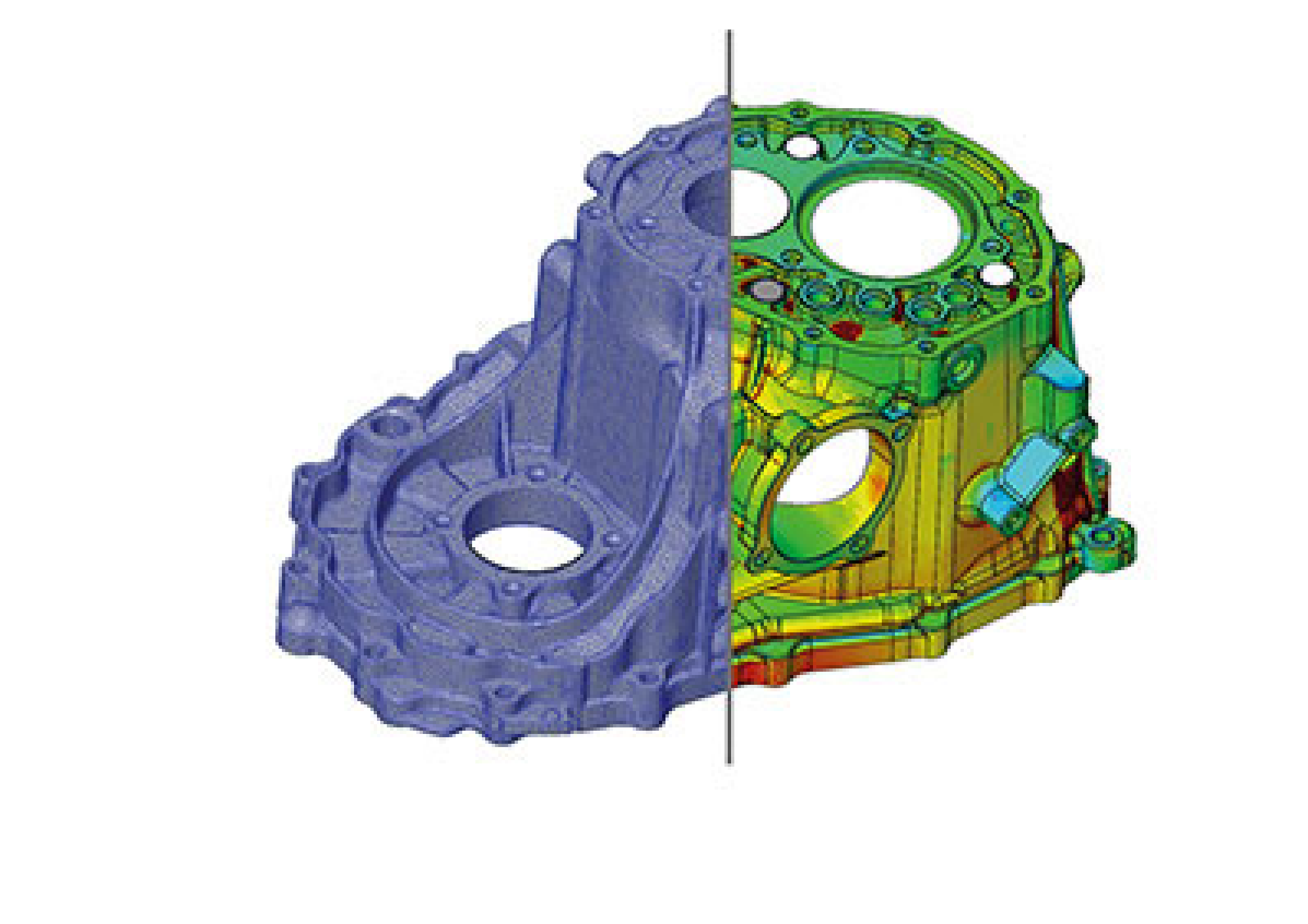Create procedural and NURBS surfaces using the following methods
- Create surfaces from profiles.Create surfaces from profile shapes composed of lines and curves with EXTRUDE, LOFT, PLANESURF, REVOLVE, SURFNETWORK, and SWEEP.
- Create surfaces from other surfaces.Blend, patch, extend, fillet, and offset surfaces to create new surfaces (SURFBLEND, SURFPATCH, SURFEXTEND, SURFFILLET, and SURFOFFSET.
- Convert objects into procedural surfaces. Convert existing solids (including composite objects), surfaces, and meshes into procedural surfaces (CONVTOSURFACE).
- Convert procedural surfaces into NURBS surfaces. Some objects cannot be converted directly to NURBS (for example, mesh objects). In that case, convert the object to a procedural surface and then convert it to a NURBS surface (CONVTONURBS).
Understand Surface Continuity and Bulge Magnitude
Surface continuity and bulge magnitude are properties that are frequently used when creating surfaces. When you create a new surface, you can specify the continuity and bulge magnitude with special grips.
Continuity is a measure of how smoothly two curves or surfaces flow into each other. The type of continuity can be important if you need to export your surfaces to other applications.
Set Surface Properties Before and After Creation
Set defaults that control a variety of surface properties before and after you create the surface objects.
- Surface modeling system variables. There are a number of system variables that are frequently used and changed during surface creation: SURFACEMODELINGMODE, SURFACEASSOCIATIVTIY, SURFACEASSOCIATIVITYDRAG, SURFACEAUTOTRIM, and SUBOBJSELECTIONMODE.
- Properties palette. Modifies properties for both the surface objects and their subobjects after they are created. For example, you can change the number of isolines in the U and V directions.


